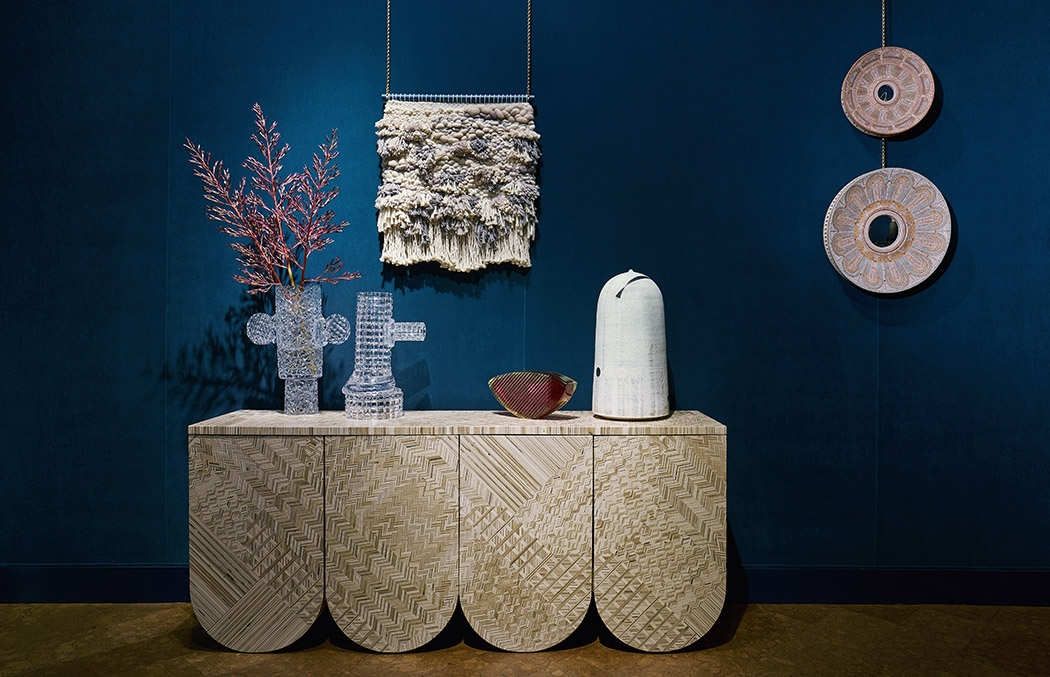Scrape & Scratch
| February 24 - April 20, 2021 |
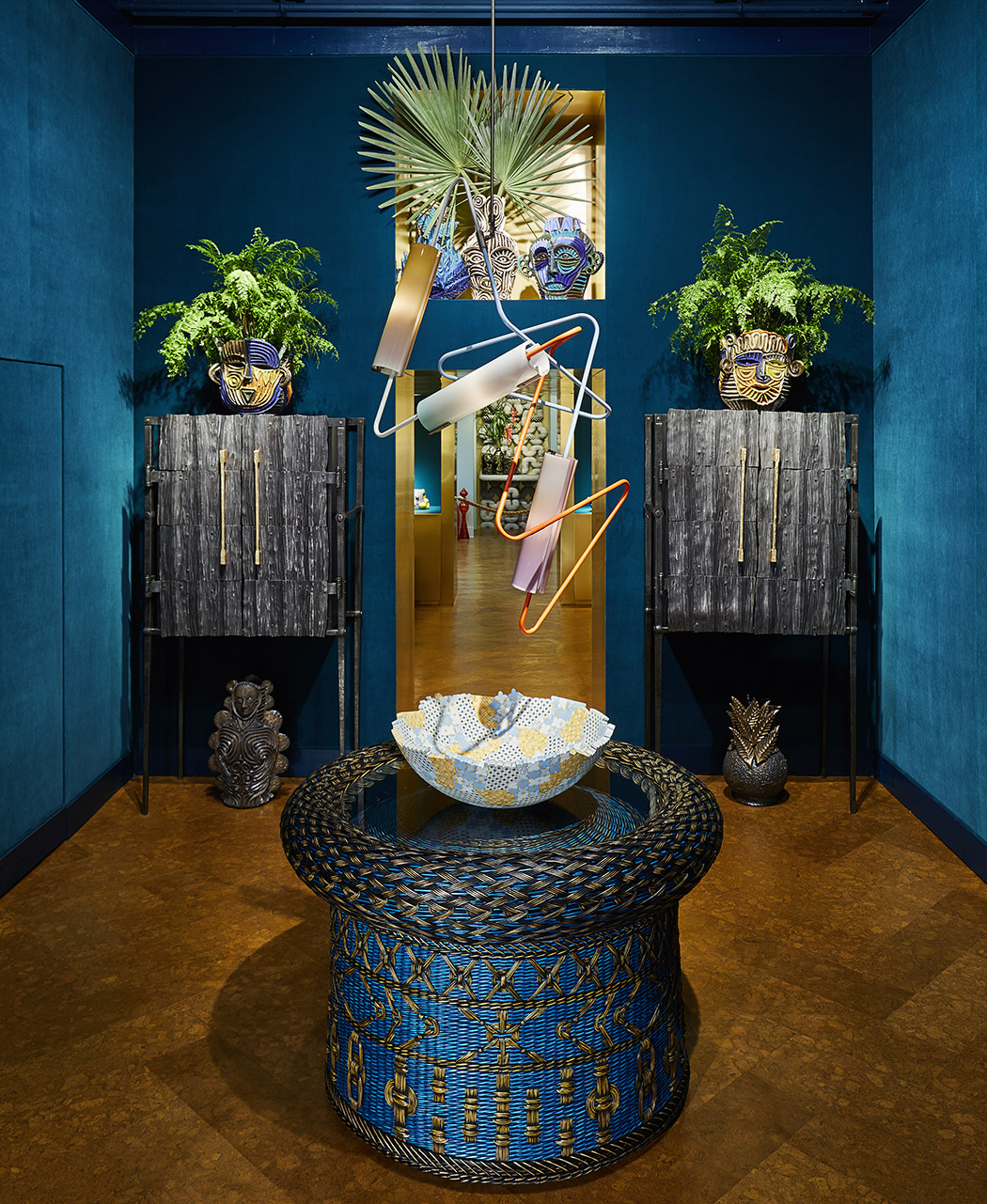
Make your mark - the bolder the better. Haven’t we all sat at a desk in school and stared at the doodles etched into its surface and wondered about the person who did it – or perhaps you did it? It is natural to feel the urge to make a durable record of our existence, beyond crash-prone digital platforms or fragile paper. Our pride, curiosity and fear compel us to exert our presence through time, to comfort ourselves by raging against the void. Wherever a prehistoric society has existed, we can find petroglyphs, monumental or intimate, scrawled laboriously into cliffs and rock outcroppings. They are a testament by our ancestors to the importance of the urge to mark our existence. Some of the earliest forms of written language, proto-cuneiform pictographs and hieroglyphs, represent our first attempts at communicating ideas through time, scraped and scratched. As I type these glowing characters that run across the screen with uncommon ease, I remember the satisfaction of scraping charcoal on paper, the most basic marking device that we still readily rely on for quick notations of who to call or what vegetable to buy.
|
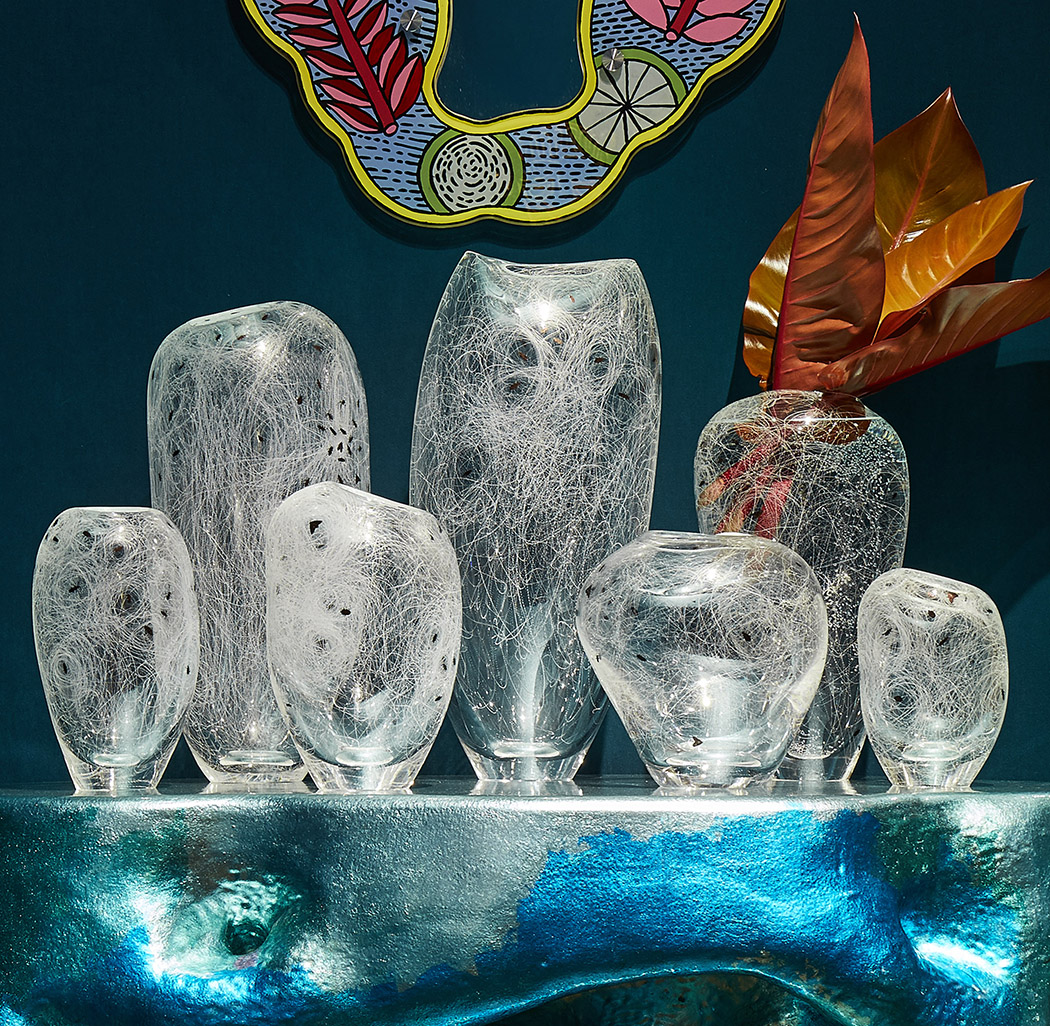
We scrape and scratch our way through time, our flesh grinding against whatever matter rubs it in the course of our daily life, often cutting or blistering us. Our soft, pulpy flesh is no match for branches, rocks and asphalt. We seek to preserve ourselves by shielding our bodies with harder things just like we seek to preserve evidence of our ideas and existence in harder things. The artists in Scrape & Scratch have elevated this primal process to a refined performance, recording their creativity, their synthesis of this moment in our culture into an object that can outlive us all. On durable surfaces they employ sharp and precise tools to mark images and patterns that, in 500 or 5000 years, will tell others who we are now.
|
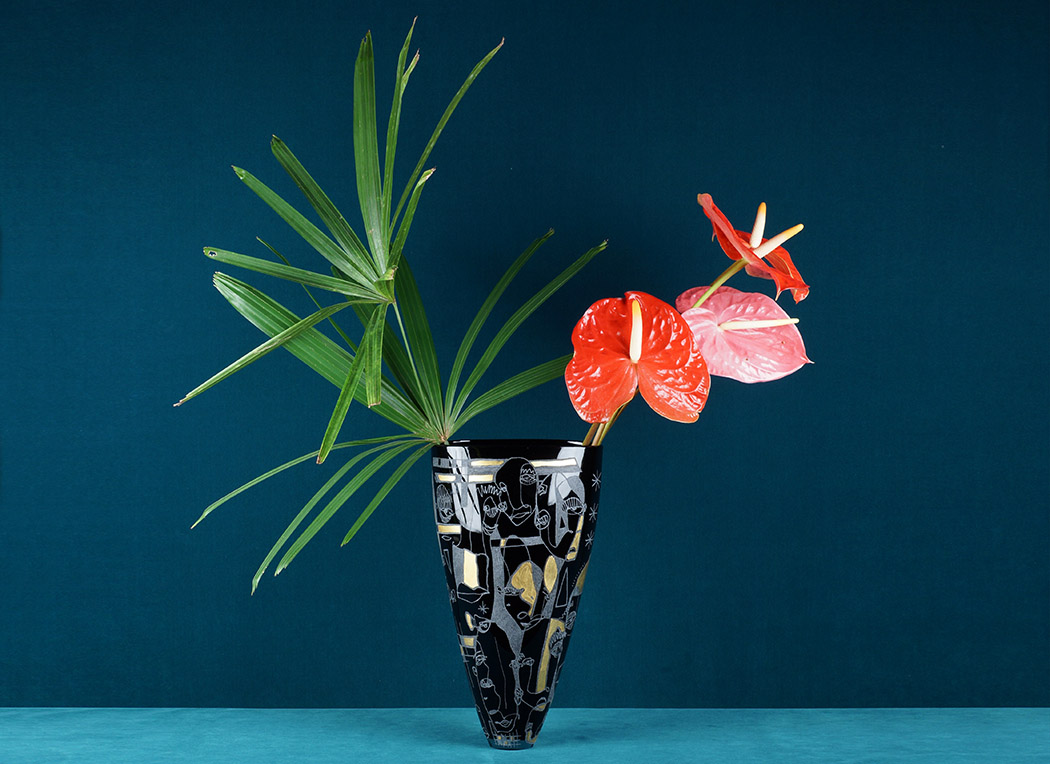
In the Czech Republic, Franstisek Jungvirt forms molten crystal into dewdrop bubbles that crawl with insects, milling around and dragging a mark of their path in their wake. We are the insects. In Scotland, Frances Priest evokes the ancient Mesopotamians’ tablets while transcribing a record of Owen Jones’ documentation of Indian motifs from ‘The Grammar of Ornament’, using fine lines etched into leather-hard clay. Ages collide. Stateside, Leckie Gassman rewinds graffiti to the origins of the Italian word graffiato ("scratched") by freely and spontaneously engraving into glass his Picasso-inspired characters who would be equally at home on the walls of a highway underpass. His work bites into the zeitgeist of the high/low populism that defines our moment. Matt Repsher resurrects the Hellenistic ‘fish plate’ - proffered by some as a symbolic offering for the dead - as a wall mounted mirror frame. He scratches into its broadly exaggerated rim his mesmerizing patterns that we are drawn to stare at, only to find our own face staring back at us, showing us that time has etched its own lines. These lines are earned, and they are beautiful for it. We make our mark, and time marks us in return. If Scrape and Scratch has a thesis, it is simply this; we will persevere. We will it to be so by exerting our mark on things far harder than us. We exceed our limitations through creativity. We have an undying desire, no matter the era or circumstance, to prolong our existence and our ideas through time, at least by proxy. And the result is beautiful. Damon Crain
|
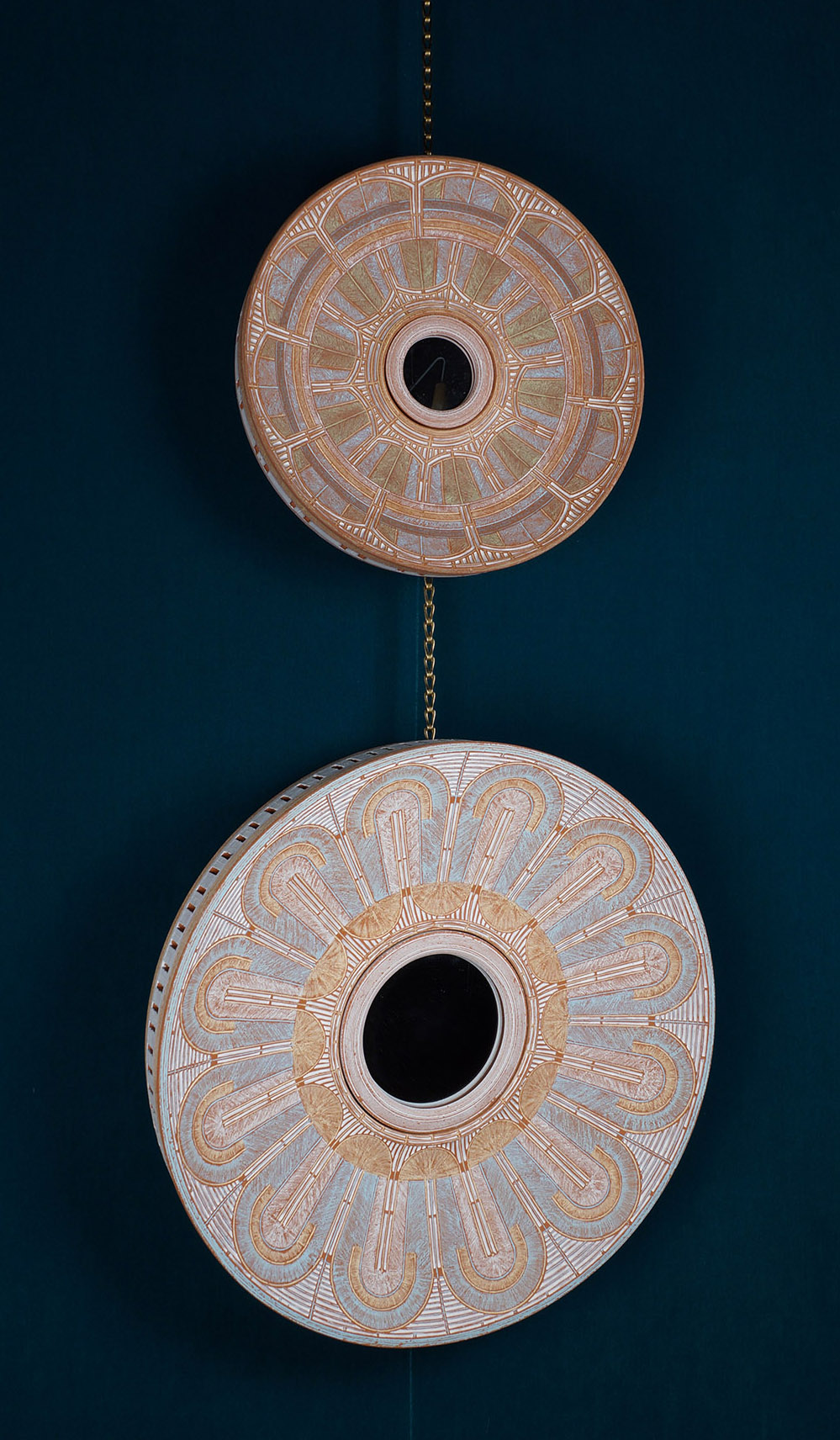 |
Exhibiting Work By Simon Klenell Sarah Wiberley Matt Repsher Leckie Gassman Jeffrey Loura Jared Last Frantisek Jungvirt Frances Priest Christopher Maschinot |
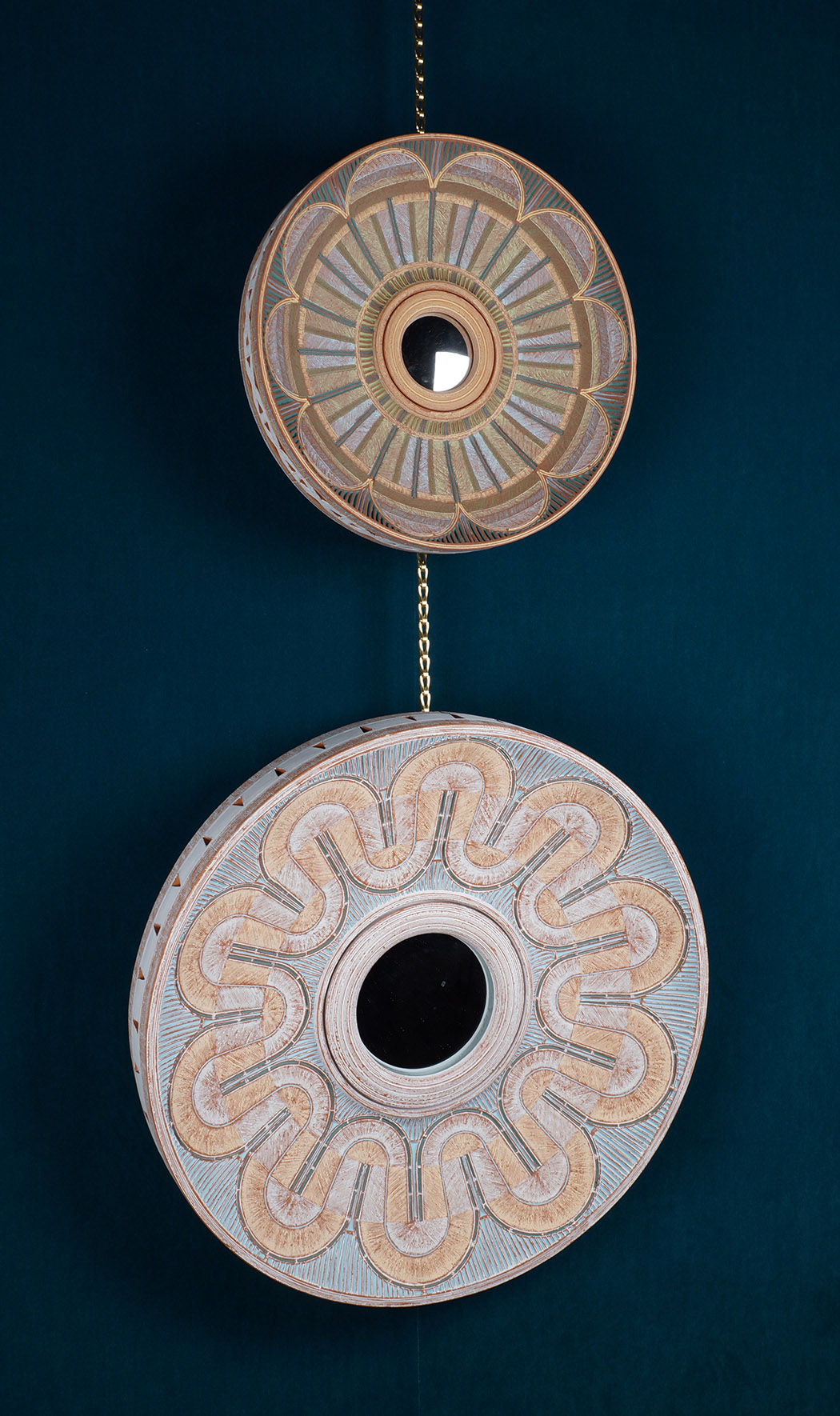 |
